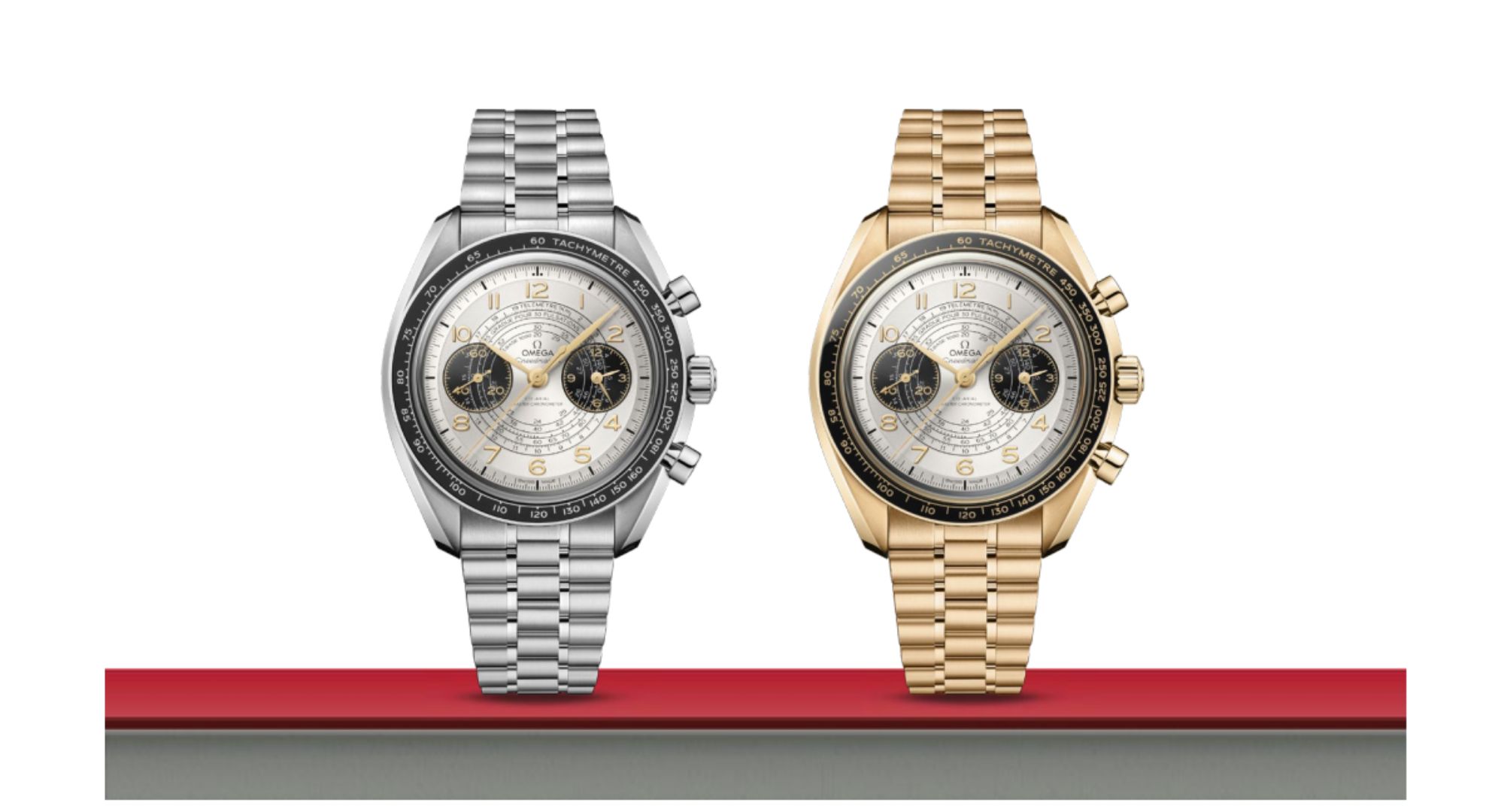(First of two parts)
The Philippine fashion design sector is hanging by a thread.
The pandemic and the subsequent lockdown have put a stop to the making of clothes for either specialized ready-to-wear or made-to-order, mainly because workers couldn’t go to work due to quarantine restrictions. Many designers with small workshops (staff of eight or slightly more) found themselves without a staff to finish prepandemic orders.
That’s the bad news.
The good news is—like many sectors, Filipino fashion designers are a resilient and committed lot. Their pivot is timely, bold and determined. Designers like Rajo Laurel, Randy Ortiz, Vic Barba, Rhett Eala redirected their work forces to produce face masks (in varied designs and fabrics) and pandemic-related garb. Now their mini-factories continue with production, and the demand for their pandemic-relevant lines grows.
Ortiz is doing well with the face masks and the “Zoom” or pandemic-meet garb such as T-shirts, shirts, jackets. He refocused on an athletic,
leisure-diffusion line. And so does Vittorio Barba who was able to pivot just in time.
It is good news that Laurel, who has 500 employees, didn’t have to lay off workers; his firm adopted a staggered work schedule instead.
Eala was fortunate enough that his staff decided to quarantine themselves right in Eala’s workshop, and thus didn’t need entry-exit barangay permits. The workshop didn’t suffer a lag in production.
Joey Samson and Ivarluski Aseron have not been as fortunate. At the start of the quarantine, Samson’s workers had no way of getting back to the workshop, including securing the barangay permits. Therefore, Samson had to turn down wedding clients. Samson now has to move his workshop to his old family compound in the south.
Pushing through
Aseron had the early logistical challenge of making his staff report back to work after the lockdown. Now they are coming back.
The good news about Samson and Aseron is that the demand for made-to-order clothes from clients continues even during quarantine, usually for special occasions. Aseron felt glad when he got texts from clients advising him that their prepandemic orders are pushing through, and that they can wait for normalcy. Ortiz also has orders for wedding ceremony dresses.
Lesley Mobo made full use of social media to connect to clients who wanted his Tropical Terno designs.
He draws good insight from the plight of fashion designers: “I think this pandemic in a way is an opportunity to correct what was wrong about the whole fashion system. It got to a point that we are churning out a lot (tons) of clothing everywhere, and suddenly everyone wants to play big by doing all the seasons and the extra collections (precollection, resort, etc), hence losing the balance of commerce and creativity in the end.”Mobo has the perspective of one who’s worked the salt mines of brands here and in London.
Veteran designers such as Efren Ocampo, whose ready-to-wear is carried by SM and Landmark, Mike dela Rosa and knitwear pioneer Lulu Tan-Gan have decided to sit out this pandemic, just like Auggie Cordero, whose loyal clients said they could wait until a semblance of normalcy is back to get their prepandemic orders. Apparently, these members of the old guard of Philippine fashion have built their nest for the rainy day.
In their own words, here are some of the country’s top designers we interviewed on their herculean efforts to survive the lockdown economy and the pandemic, just by their creativity and hard work.

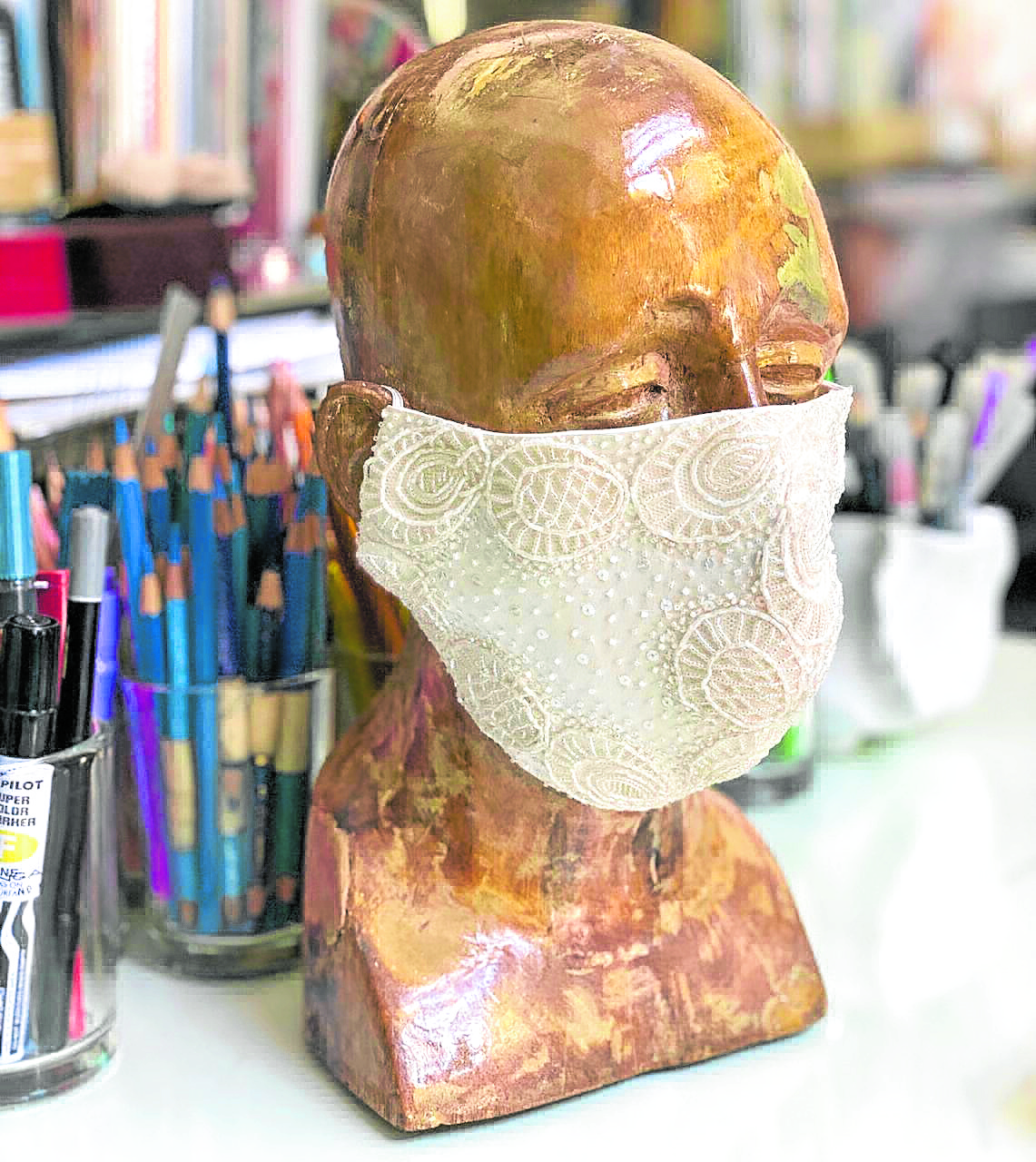
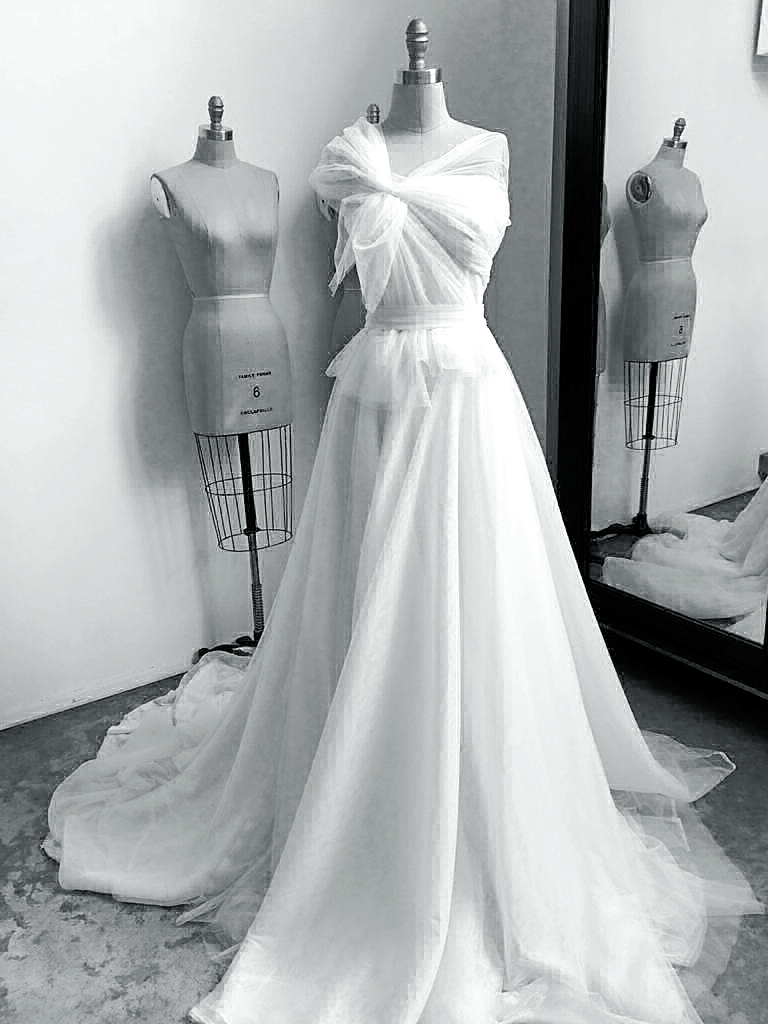
Rajo Laurel: ‘We soldier on’
We’re producing PPE (personal protective equipment) for medical facilities and personal wear. We also make masks. Thankfully we got a contract from Doctors Without Borders that keeps us busy. We are also still fulfilling our uniform contracts that will tide us over till 2021.
We are working on a two-week shift that allows our people to work alternately in our factories. We have only 40 percent working from among our 500 employees. We adjusted by rearranging the production process, machine arrangements and also following health protocols.
It’s been challenging, as we had to house more of our employees to avoid outside contact.
We’re committed to keeping them employed. We haven’t let go of anyone, as the workers have been with us for a long time.Our RTW (ready-to-wear) is now available online so you can shop with ease and safety. Our mall stores are operating.
Our made-to-order is really the hardest hit—only 10 percent of our capacity.
We’ve had weddings but really simplified. We’ve done around four weddings since the pandemic; we usually do eight weddings a month.
However, we soldier on.
Efren Ocampo: One day at a time
I still have stores at SM and Landmark. We have been opened since quarantine rules were relaxed, but as expected, no sales. I keep telling my sales clerks that they should not expect sales, because where do you wear the gowns and party dresses?
I am taking it one day at a time. We can’t plan anything—no dinner with friends, no travel.
I have been reflecting on life in general. I have cleaned all my closets, fixed the garden. My workshop is temporarily closed. I don’t think the world will move forward without a cure or vaccine.
We really have to take this one day at a time. I realized the most important thing we can have is peace of mind.
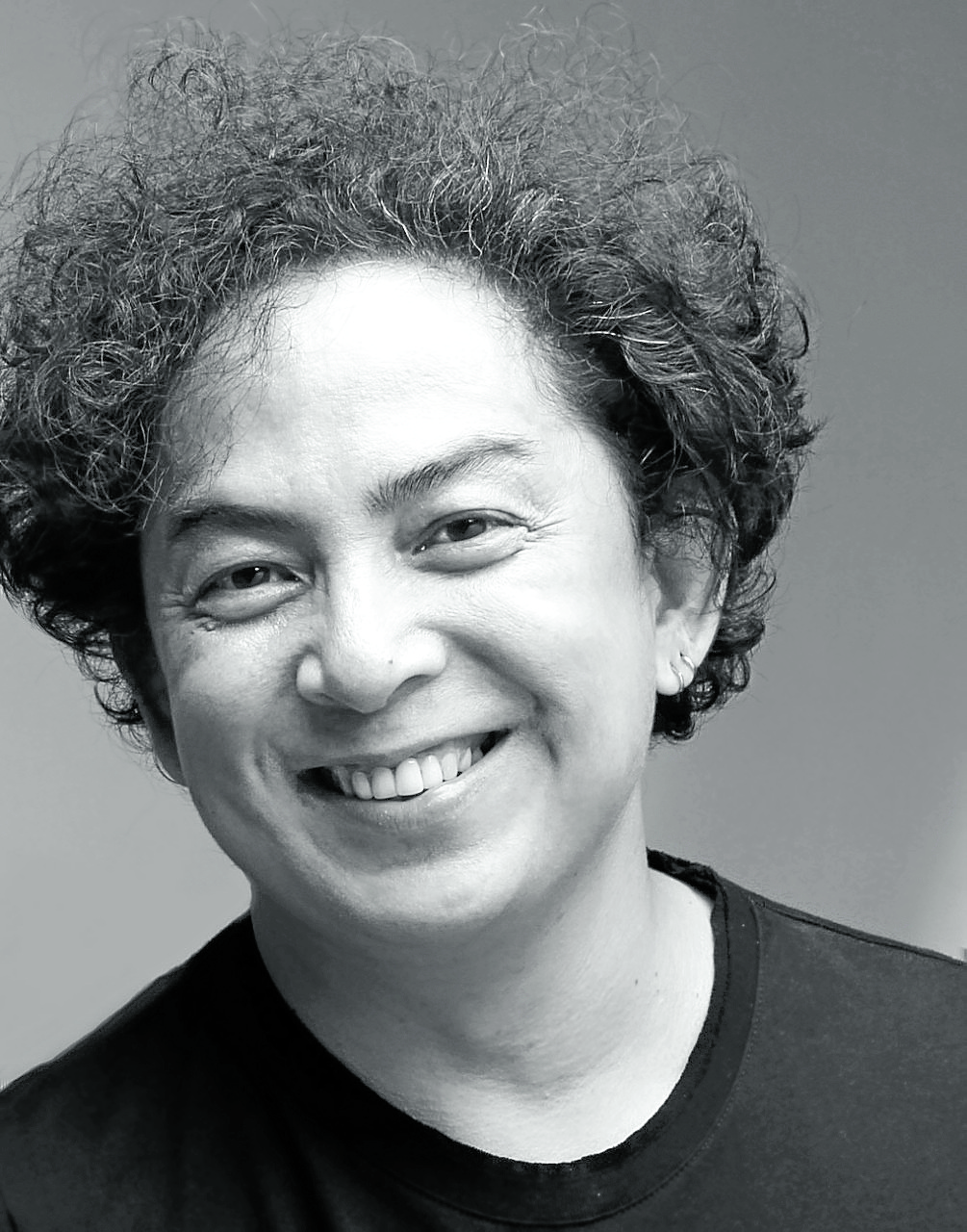
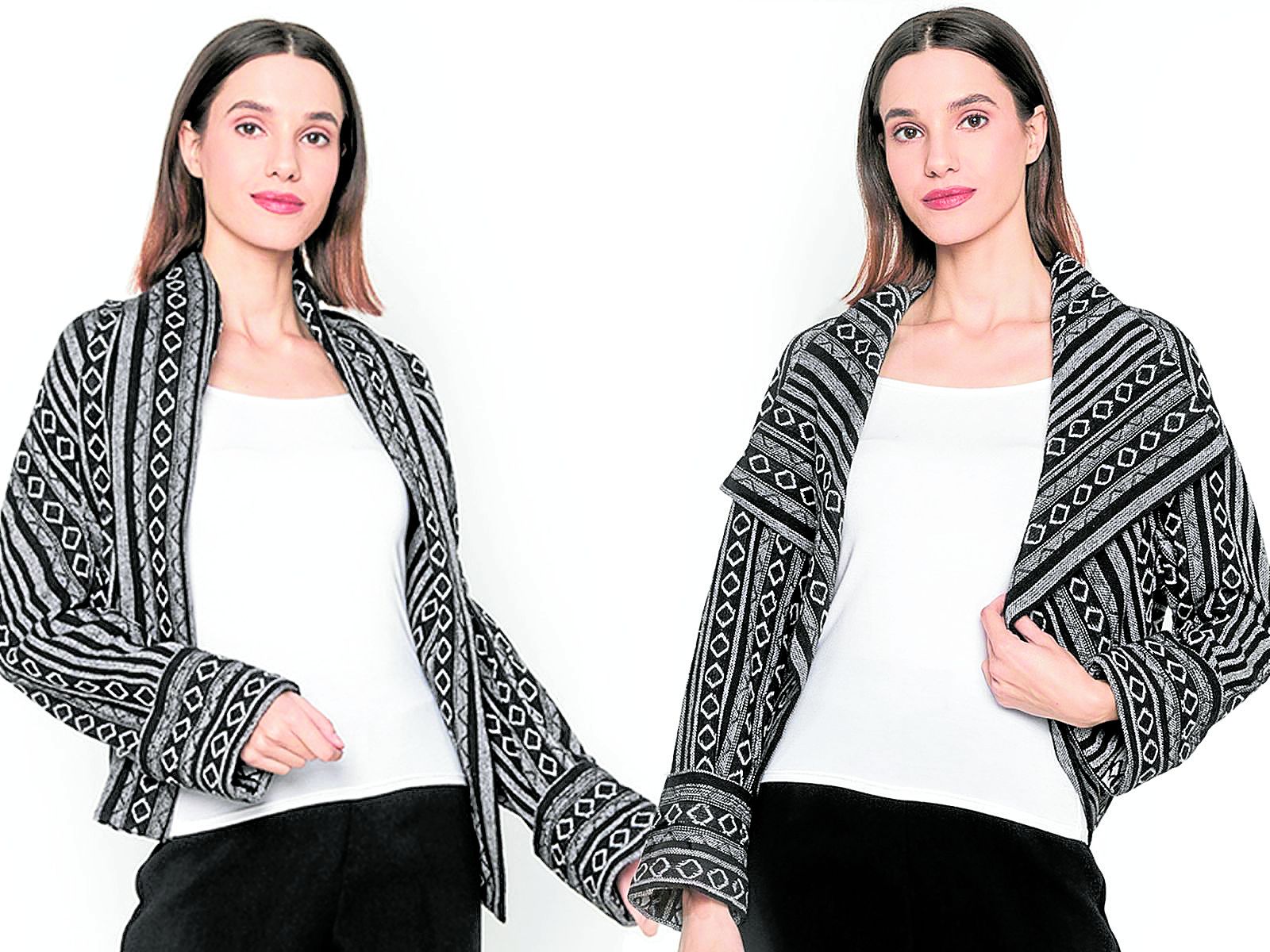
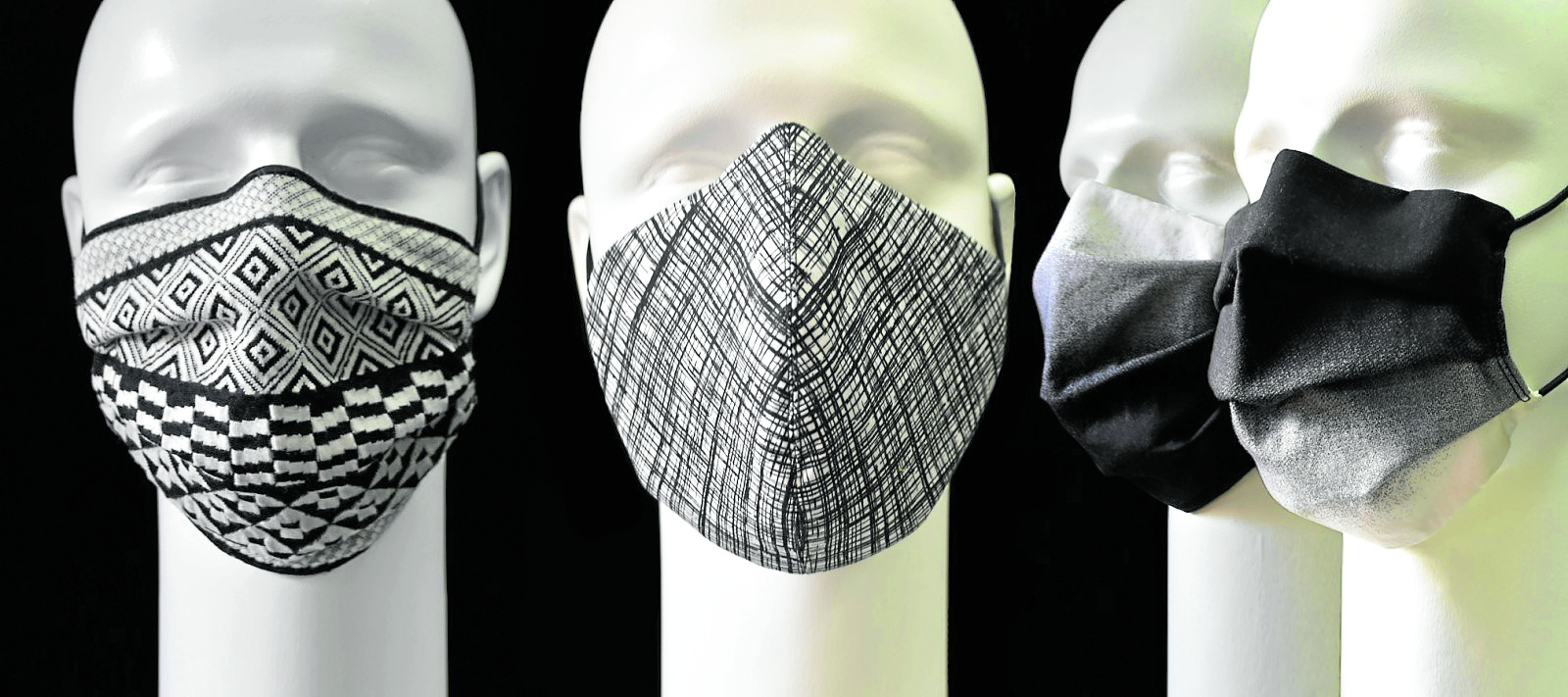
Vittorio Barba: Working three times harder
When we got word that the economy would reopen, the best stop-gap measure I thought was to do thematic fabric masks, as I have a bodega full of fabrics. Some of these fabrics are from my prêt-à-porter line, some I keep in stock like the equestrian-theme ones, the first set I introduced on the market. Designers really must do environment scanning of the market and pivot accordingly, as there is no one-size-fits-all formula.
I’m actually finding myself working three times as hard for much less margins. Rather than dealing with the grief this pandemic has given us, I’ve chosen to ride this out (literally and contextually). I’ve found myself having to deal with online buyers day in and day out.
The masks have been well received, as we have lots of repeat customers. We’ve been getting good feedback about our quality. We use the face-to-face concave lid method, which is a tedious dressmaking technique. It just gives our products that edge.
We just opened “X,” our brick-and-mortar store at Glorietta 4 where we house our BARBA line. There is minimal foot traffic in the mall because there are no events to dress up for. Part of our pivot plan is to introduce web-
worthy wardrobe into our range. It consists of easy-to-wear tops or shrugs that could just be thrown over a T-shirt and you’re Zoom-ready.
As you know I live a life of horses and fashion. Horses have always been my anchor to sanity, especially now. Thank God my sport has historically been automatic practicing physical distancing, so it is one of the few activities allowed under GCQ (general community quarantine). This is how I cope with the current situation. It is also interesting to note that even the sport has to pivot. I was just asked the other day to give a series of online clinics in Indonesia.
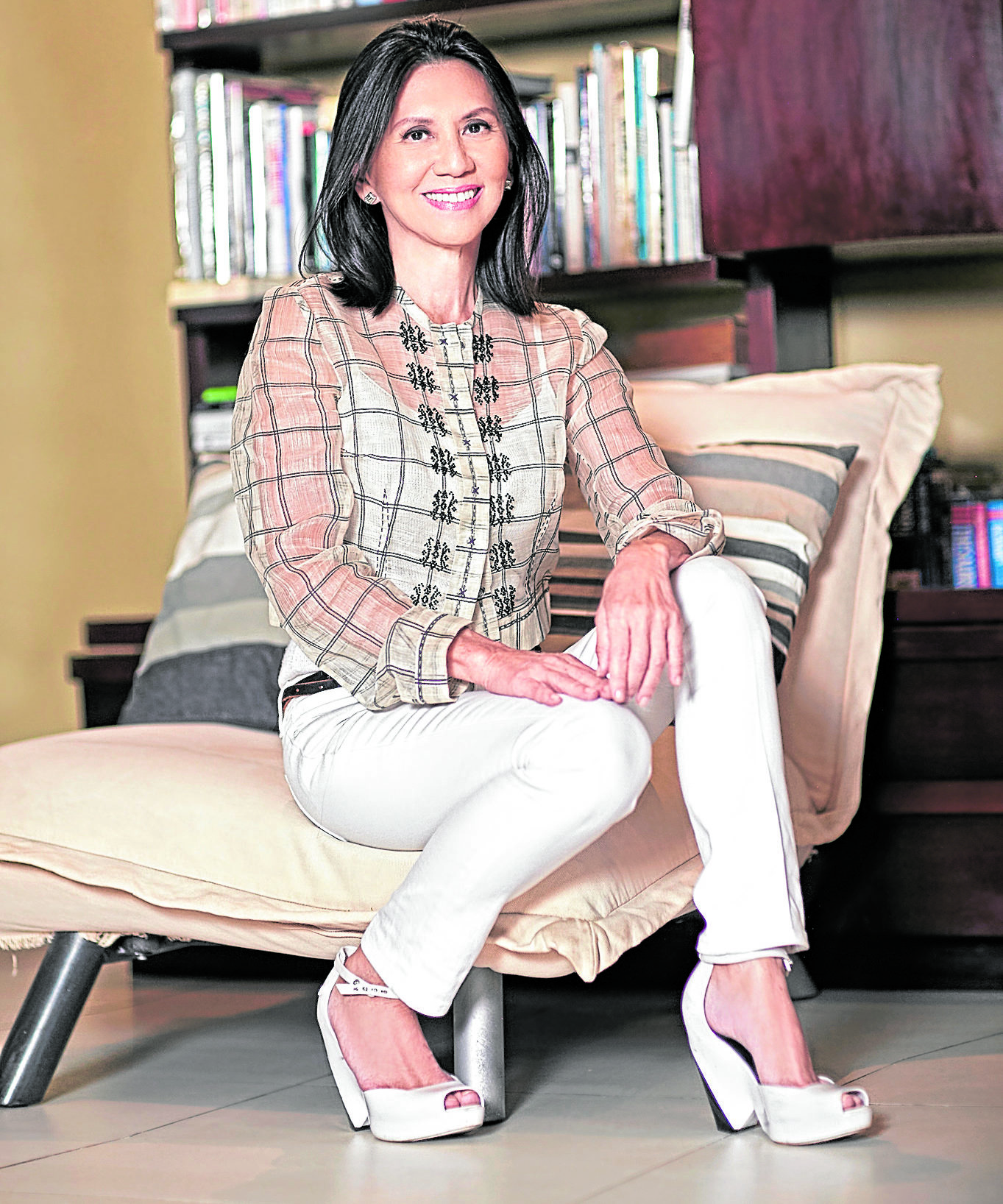
Lulu Tan-Gan: ‘Nationhood’
The first pandemic month gave me time to rest mentally and physically. I think most of us have been on the go, and we never thought that we needed to pause.
This year is my retirement year, as planned. As I was spring cleaning my warehouse, however, retirement did not seem possible. It gave me “bucket list ideas” that I hope to fulfill. Next episode!
This pandemic should reset our values—to be more mindful, more eco-friendly, reuse, recycle and support local. Be spiritual, get deeper and hopefully, the world will be at peace. As a Filipino, let’s aim for a stronger sense of “nationhood.”
I am part of the design group that is going online.
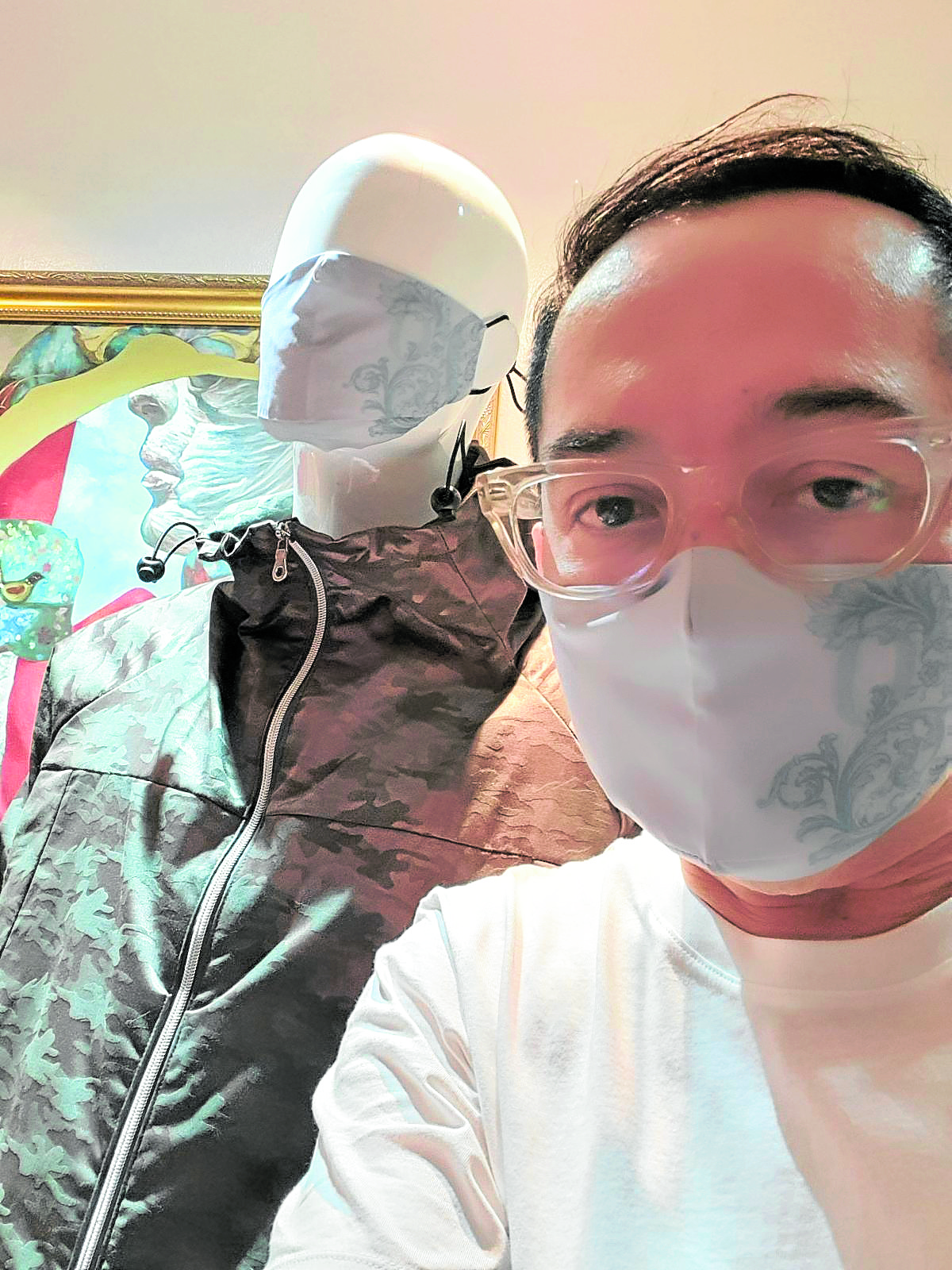
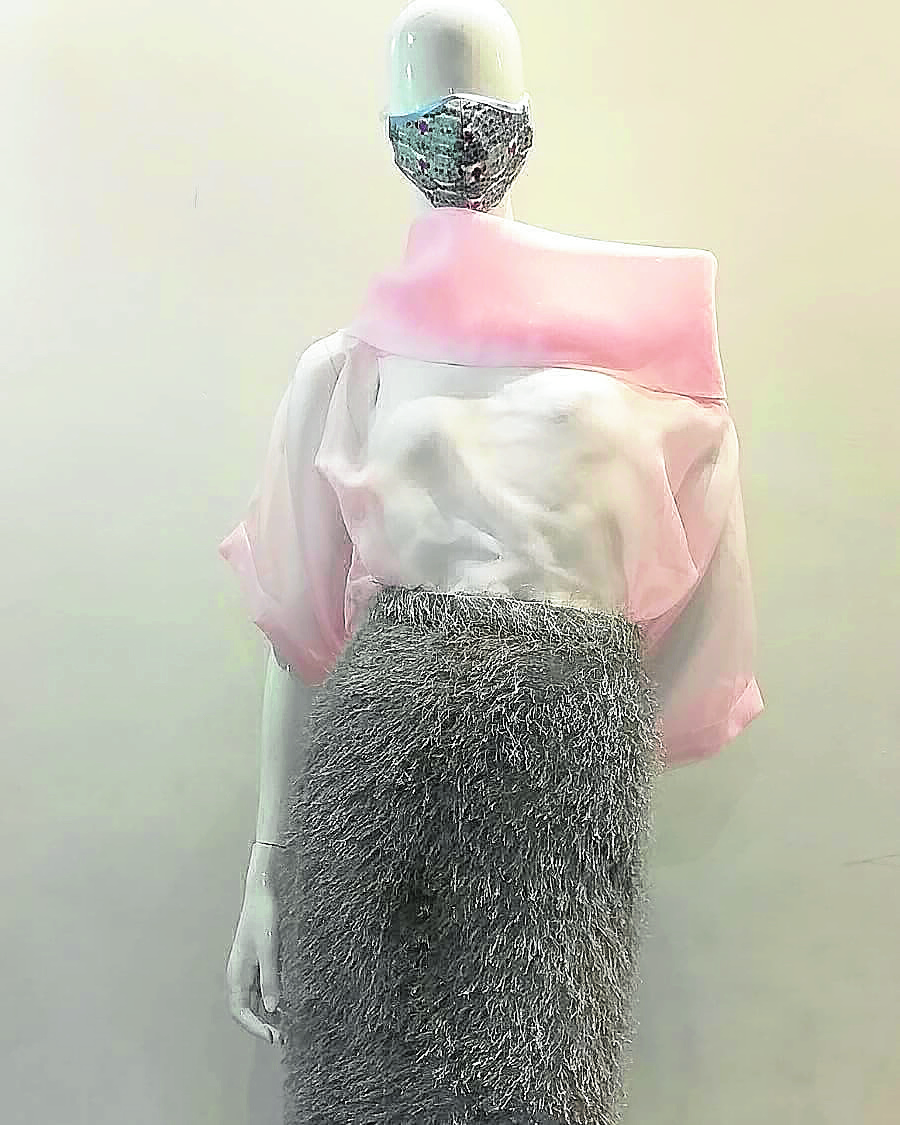
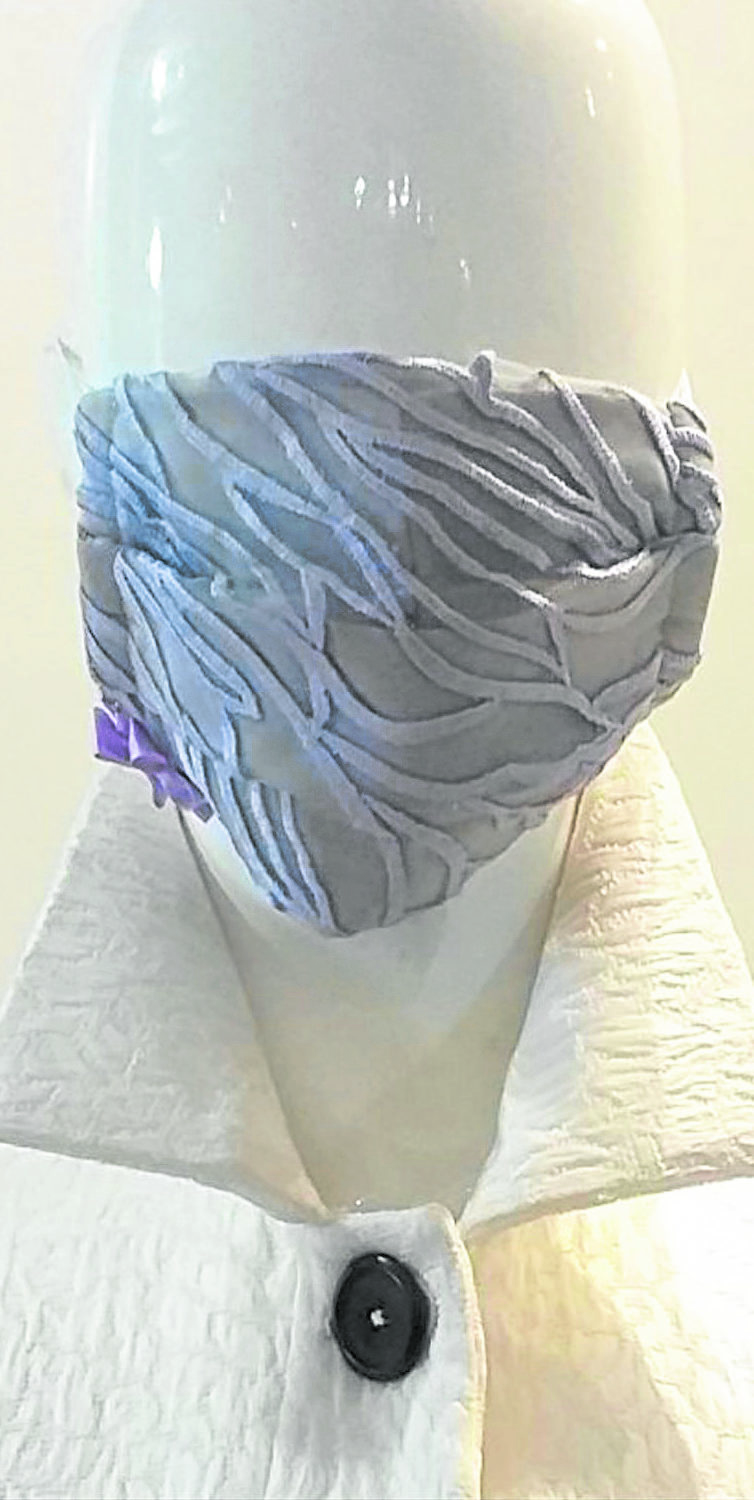

Randy Ortiz: Crisis as catalyst
My “new normal” has really been a challenging time in my career. It’s the daily adjustment of keeping up with the tedious health protocols, learning to slow down, appreciating the simple joys in life, and taking it one day at a time.
The crisis has also become a catalyst for me to dig deeper and tap my creative juices for ideas that will be practical at this time. I truly believed in the advocacy of wearing masks from the very start—as gear that can be both protective and fashionable. Definitely, I believe that big weddings will be put on hold, so I do instead ceremony dresses/gowns since most of my clients will opt for smaller celebrations of their wedding vows for now. Their dream wedding celebrations can come later.
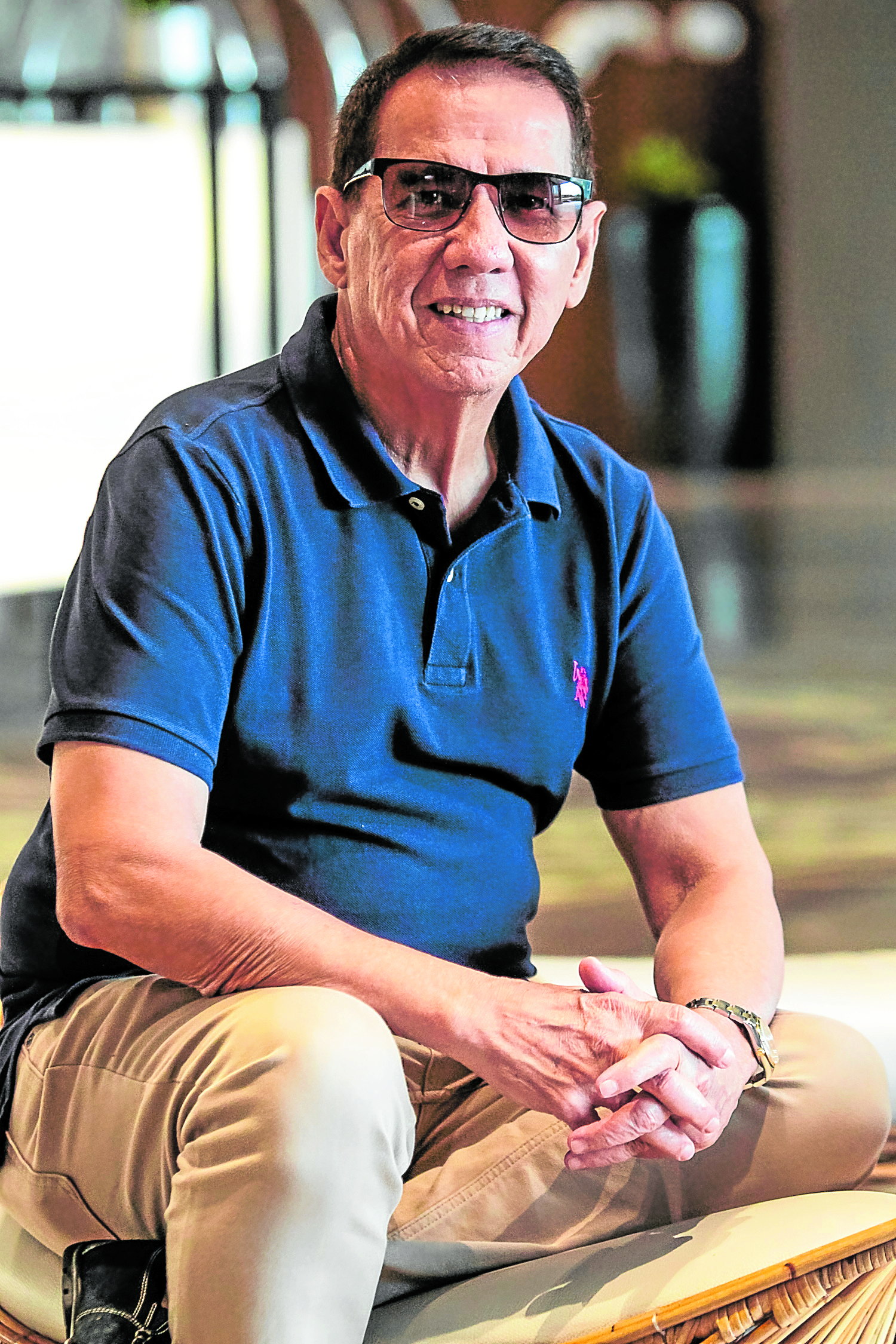
Mike De La Rosa: Joy in the simplest things
There has to be a need, an occasion for any business to flourish during the pandemic—but red-letter days, weddings, special events are on hold. This lockdown has pushed us to modify our lives. I just live one day at a time and go with the flow of uncertainty, and hope we can bounce back to the new normal, all in God’s time. For now, it’s waking up to a cup of strong coffee and pausing to smell the roses. Life goes on. There’s still joy in the simplest things.
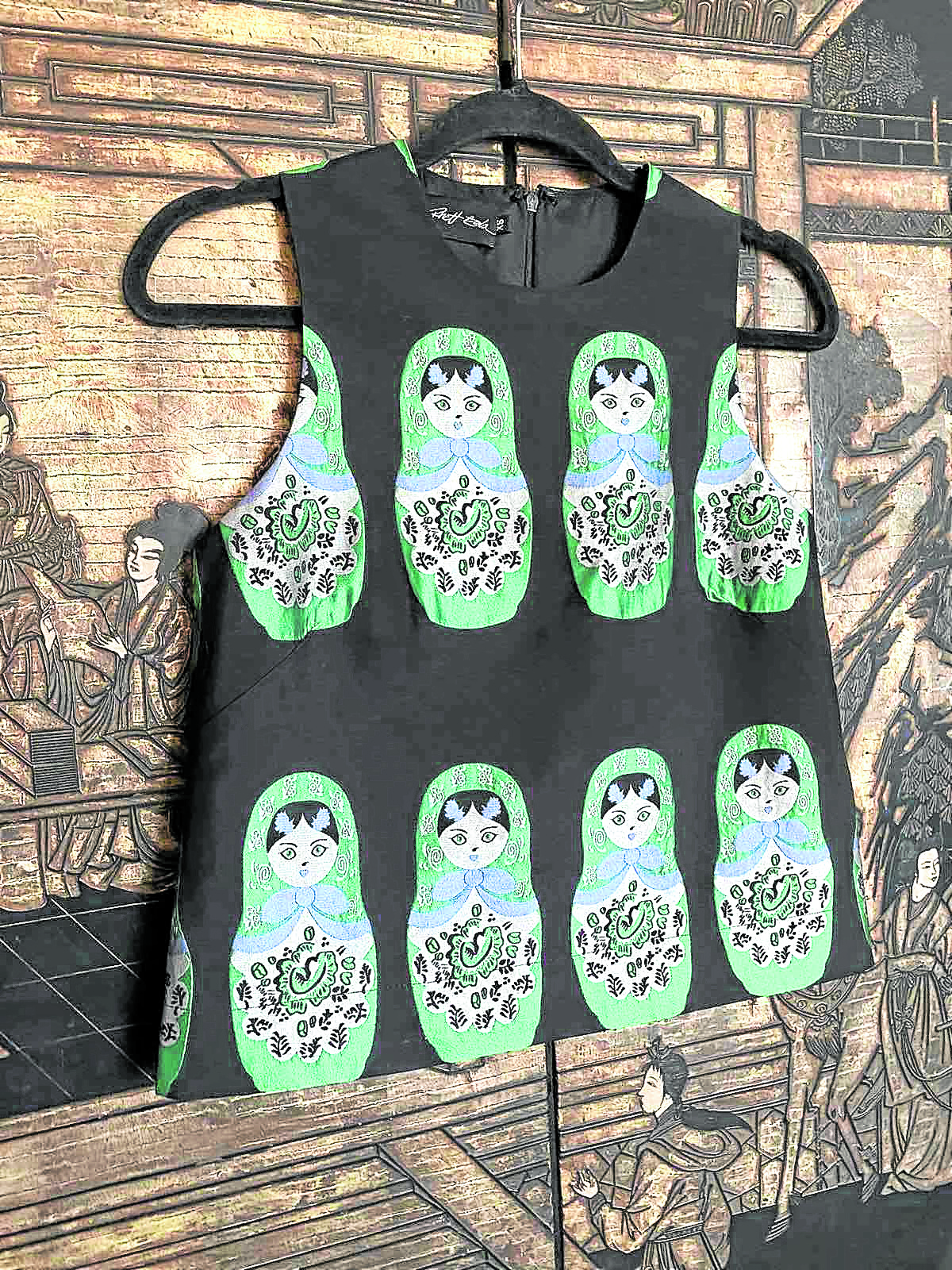
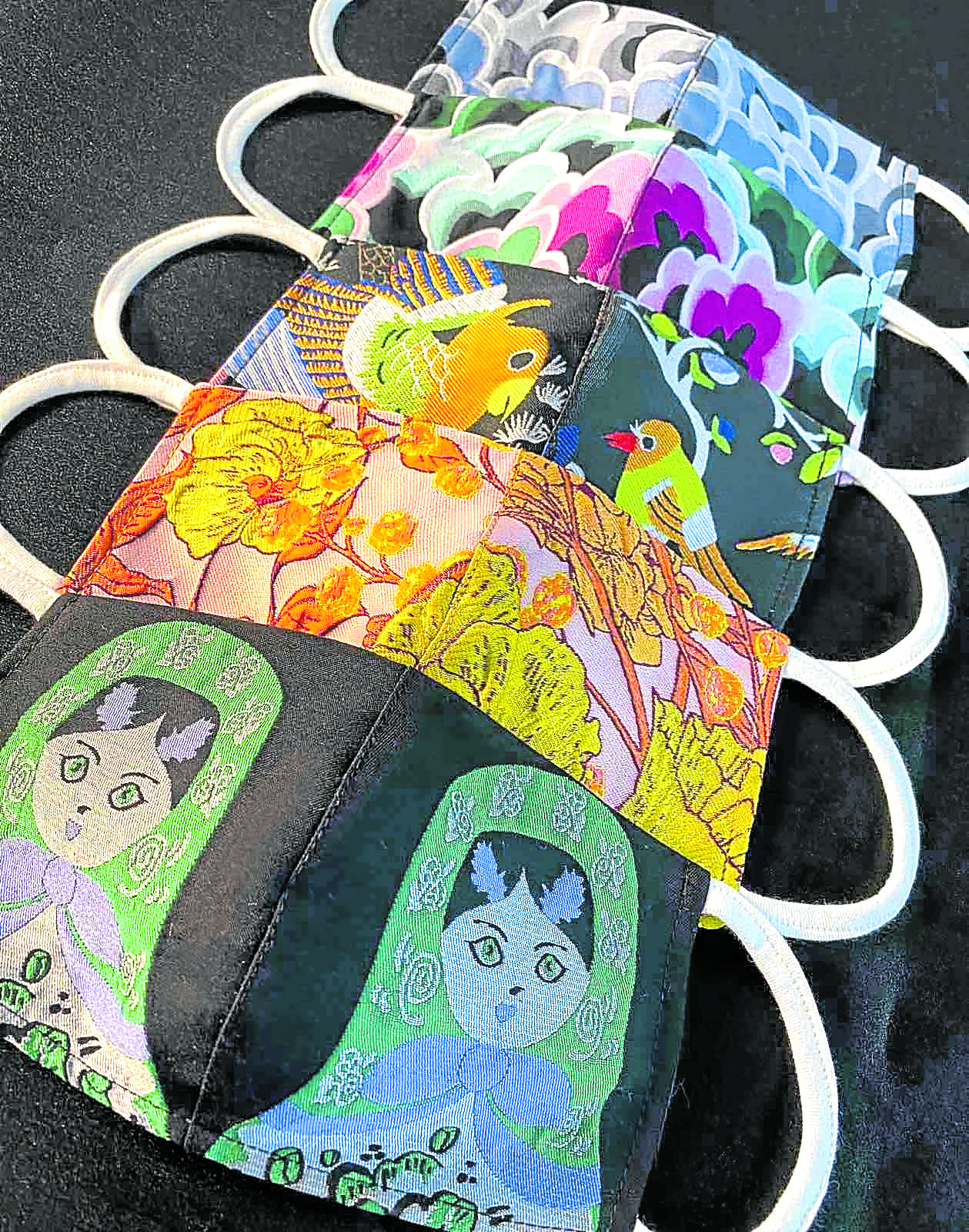
Rhett Eala: Productive at lockdown
I started producing masks early on because my sewers were not able to go home during the lockdown. So I had to think of a way to keep them working. We’ve been doing well and most of our production is concentrated on masks.
This past month we have started to produce the RTW line. I still get inquiries for special occasion clothes—engagement dresses, “ninang” gowns, tops and shorts for Zoom, in cotton, brocade, linen.
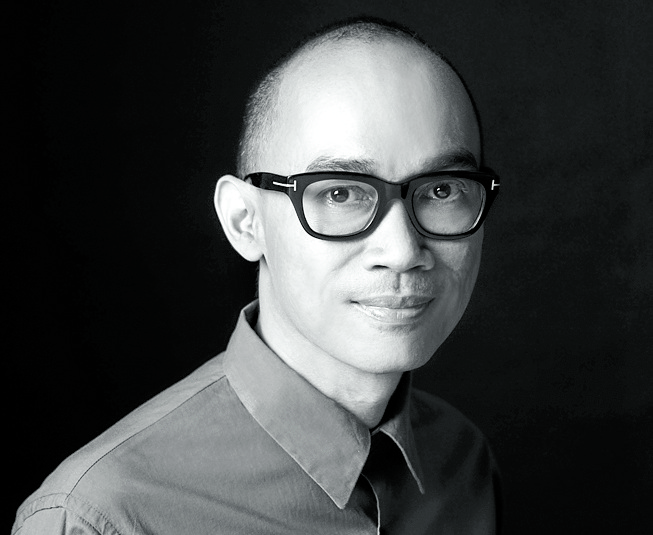
remain loyal.
Ivar Aseron: Fittings continue
It’s a bit difficult to work under the new normal, as we all have to abide by protocols. Earlier this afternoon, I had fittings with some old clients and I found it difficult to wear a mask during fittings. I don’t allow someone from my staff to assist me so it’s just me and my client in the room. I don’t think there’s a change in my designs.
Another challenge is the manpower. Since I don’t house my staff, only a few can make it to work because of the lack of public transport in some areas.
But I continue to get orders.
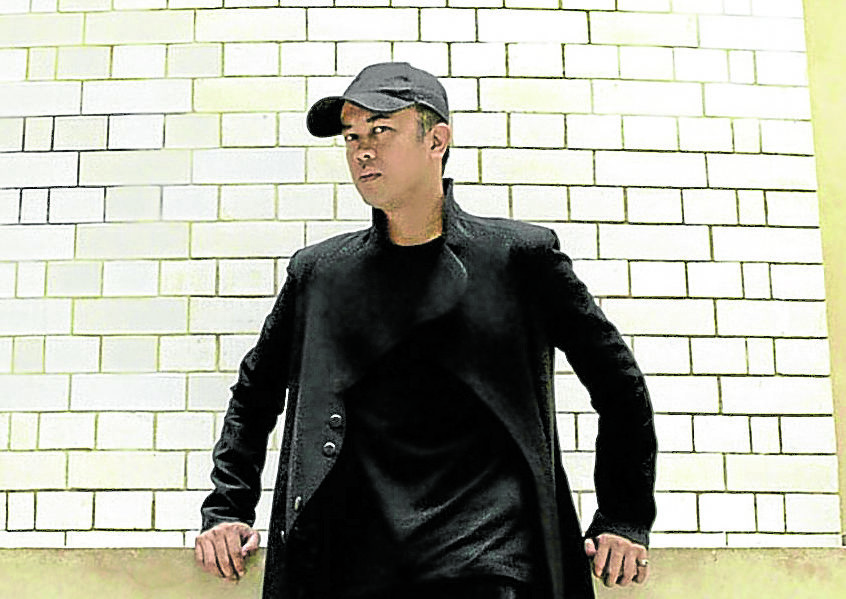
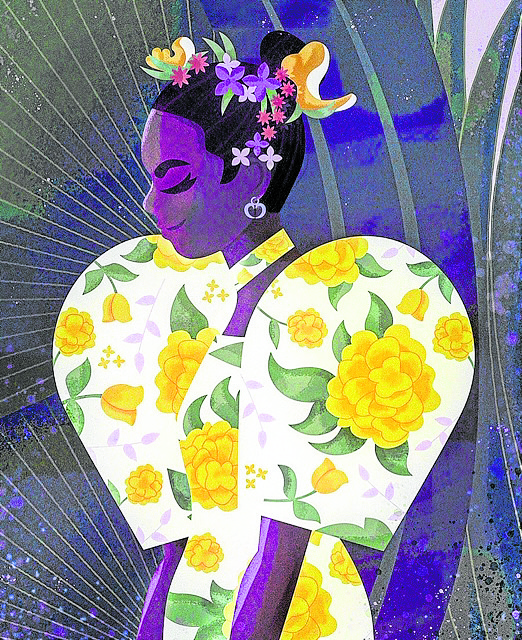
Lesley Mobo: Enough of the ‘soul-less’
This lockdown/pandemic, I actually gained clients mainly because of my Tropical Ternos, and not just local clients but also foreign clients. I communicate/connect a lot to clients directly. It’s amazing how social media democratized fashion.
My identity and DNA as a designer has always been focused on storytelling, innovation, business and consciousness.
I think that kind of approach still matters moving forward and is paramount, though my main plan is to go back to my roots as a designer and dig deeper into the creative process.
The bulk of my fashion career has been working for brands (luxury and high street fashion) and I even did wholesale for my MOBO brand in Paris for six to seven years, sold internationally.
But as the stocklist grew, it became purely a business and a number exercise due to the pressure coming from manufacturers and buyers/stores, and it became exhausting in the end—I might as well have been working in a bank.
I think this pandemic is an opportunity to correct what was wrong about the whole fashion system. It got to a point where we were churning out a lot
(tons) of clothing everywhere, and suddenly everyone wants to play big by doing all the seasons and the extra collections (precollection, resort, etc.), thus losing the balance of commerce and creativity in the end.
To return to my roots/DNA as a designer, I have to remind myself why I did fashion in the first place—that is, to create magic and to inspire through
clothing. While fashion is a balance between business and creativity, I strongly believe we need that special “spirit” back in every piece of clothing
we produce. If we lose that creativity and the creative process because we want to fast track everything from design to manufacturing, then what’s
the point of it all? We miss the point on why fashion exists.
Then we go back to the very basic question—”Do we really need more soulless clothes?” I don’t think so.
Fashion exists not just because we need another boring T-shirt or another pair of jeans.
It exists mainly to inspire, to make us dream, to help us make ourselves better people. What we really need is that special point of view, the story that
comes with the clothes, the magic that comes with it, the clothes that inspire . . . that for me is fashion.
(To be continued July 31)











